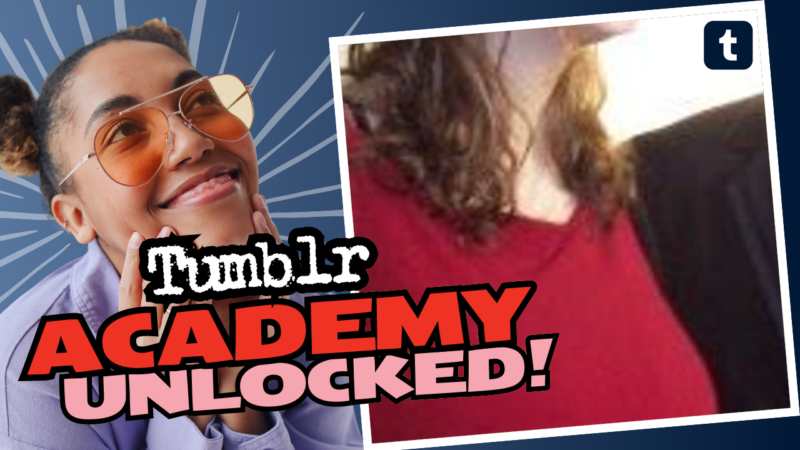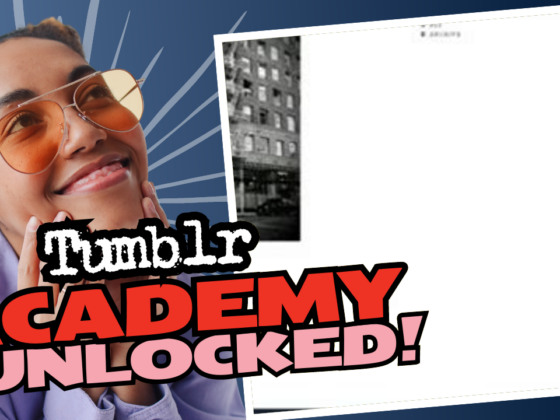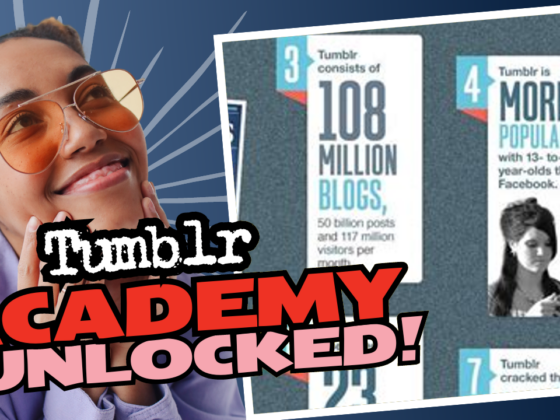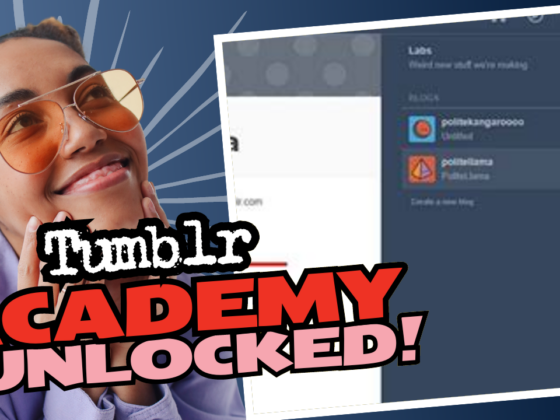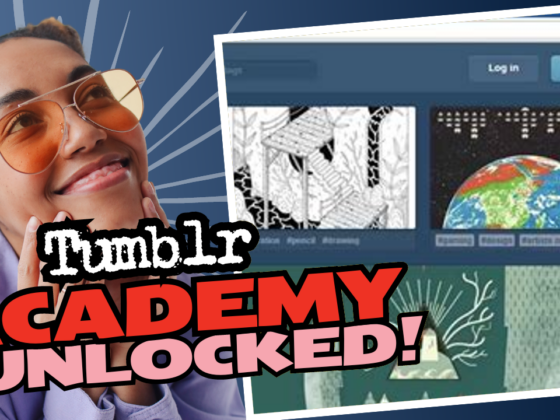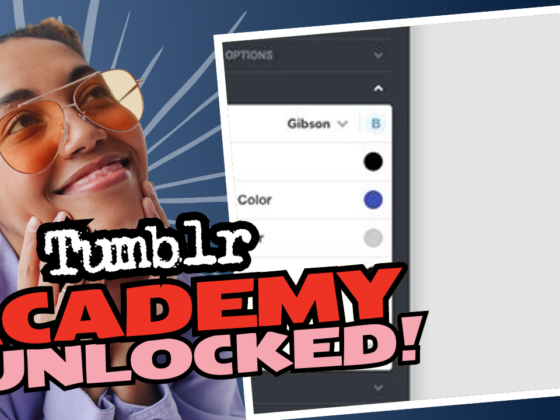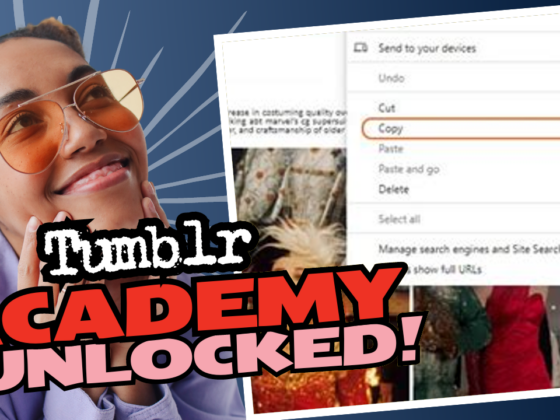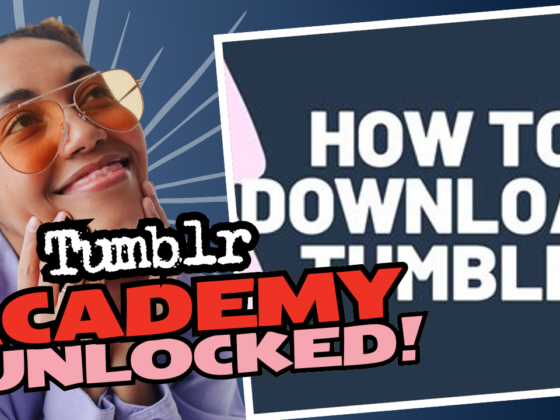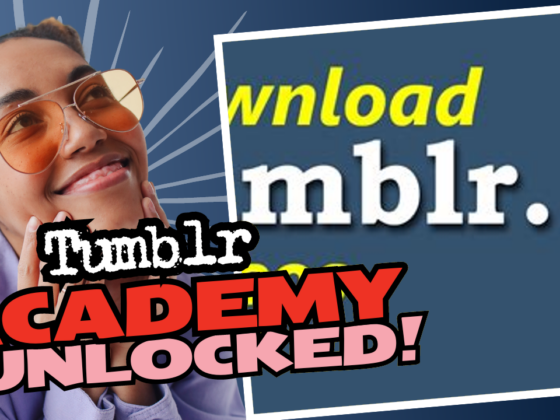Did Tumblr’s Ban on Adult Content Really Shake Things Up? Spoiler Alert: Yes, and Not in a Good Way
Ah, Tumblr. Once the wild west of the internet where *anything* and *everything* went — or at least that’s how it felt. But then came the big announcement: “No more adult content!” It was like the Titanic hitting the iceberg, except folks were still swaying to the band as the ship started to sink. If you’re wondering if this affected the site, let you me tell you straight off the bat: it definitely did, and not just a little!
The Aftermath — What Happened?
With Tumblr pulling the plug on NSFW content, a large number of adult bloggers and users started scrambling, frantically exploring alternatives like over-caffeinated squirrels searching for their next nut fix. Many users who relied on Tumblr for their adult content fix felt betrayed, with a journey back to various other platforms that may or may not fill the void left in the wake of this drastic change.
- Switching Sides: Sex bloggers began hunting for digital homes elsewhere, like Twitter, OnlyFans, and Reddit. You better believe platforms like these were seen as the new underground club where NSFW revelers could gather.
- Porn Blogs Crying in the Corner: The adult blogs? Well, they weren’t exactly taking the news gracefully. One brilliant comparison described the scenario as akin to “the band playing while the Titanic was sinking.” Good luck keeping the tunes rolling while all around you, chaos reigns!
Tumblr’s Selective Housekeeping — The Double Standard?
Now let’s dive into the murky waters of Tumblr’s content moderation policies, or lack thereof. There’s a lot of discontent among users about the way child pornography is handled, or rather, NOT handled. Tumblr’s process basically plays out like this:
When Tumblr removes illegal content, they often leave the original post intact. Imagine removing a cockroach but leaving the kitchen full of crumbs. This just creates breeding grounds for more unsavory content. Call it a bit of a digital “whack-a-mole” game where, no matter how fast you bash one down, three more pop back up. So while they might “ban” accounts, the original malicious content — along with its supporting cast — remains utterly unscathed.
Piracy of Public Safety and User Trust
The gaps in moderation light up a glaring concern: the timeline for removing illegal child pornography often stretches to weeks, sometimes months. With reblogs piling up into the thousands before removal, it becomes painfully obvious that the platform is slacking on their responsibility. It’s like allowing a dog to run wild in a public park, only to react long after someone’s already been bitten!
What’s worse? Even with a string of bans on users who reblogged illegal images, *new accounts* pop up like birthday cake candles on a birthday cake! Some creative users even learned how to increment their usernames creatively — we’re talking serious shamelessness here! Next thing you know, pedophiles are regrouping and “reconnecting” through encrypted messages like it’s some covert operation. Yikes! Instead of stopping the spread, Tumblr seems to just be changing the username on the same old game of digital pedophiles.
The “Beacon” Problem — A Recipe for Disgusting Mischief
And then there are these “beacon” images — it’s like leaving a signpost for others to join, saying, “Hey, come here if you want to connect with people who share *your* interests!”
- What’s in a Bucket of Crumbs? These images contain nothing sinister — just harmless text messages like “reblog if you want to share child porn” that serve as digital breadcrumbs for the worst of humanity.
- The Daring Few Some individuals on Tumblr act like the world doesn’t even exist outside of their bubble. We’re talking selfies, names, and numbers exchanged — never mind the content of what they share. The brainpower here is mind-boggling!
Tumblr’s Mismanagement: A Comedy of Errors
Tumblr administration is earning its stripes as the poster child for incompetence. First off, reporting illegal content almost requires a treasure map to uncover, and even then, it’s laughably flawed. The entire process makes you feel like you’re filling out a form for job applications in the 90s while someone taps you on the shoulder suggesting you ‘JUST CLICk SHARE’ on those horrible images. What could possibly go wrong, right?
Here’s some playful sarcasm for you: who *wouldn’t* want to click “SHARE” on such delightful content? But, seriously. What bright spark thought that was a good idea?
Deep Clean or Surface Scrub? Tough Choices Ahead
If Tumblr wants to even remotely maintain its reputation (if there’s any left), they should really dig deeper into their cleanup. One essential step? Deleting the posts accompanying the deleted images — hello, basic digital hygiene!
When posts remain after images are wiped, it’s like a bad breakup where someone leaves their stuff at your place and keeps showing up. Imagine users with backgrounds full of deleted images grabbing those empty frames as *prizes* instead of penalties!
Do Not Pass Go: Blocking the Baddies
And let’s talk about those users who like illegal posts instead of reblogging them! Apparently, it’s completely acceptable to click “like” and sidestep direct consequences. It’s like throwing stones while hiding behind a wall. Tumblr must really get its act together and start waving bye-bye to those likes before they line up for dessert!
What Could’ve Been Done? The List is Long
- Better Reporting Mechanism: A functioning reporting system shouldn’t require users to play detective.
- Content Removal Protocols: Get rid of the associated posts when purging illegal images to minimize the dissemination of illegal material.
- Ban the Sneaky Users: Target users engaging with illegal material, not just those who visible reblog it.
- Enhanced User Verification: SMS verification could create a barrier for those hiding behind anonymous accounts.
- Clear Search Features: Make content easily discoverable, as opposed to let it shadow in the dark corners of the site.
The Toll on Artists and Content Creators
As a consequence of the adult content exodus, a slew of artists who relied on NSFW art as part of their portfolio suffered massively. They shoved through multiple levels of frustration trying to navigate the choppy waters of Tumblr’s arbitrary decision-making. Suddenly, the sites that had given them a platform turned into a digital wasteland. The change pushed a majority of them into a corner where they desperately sought new avenues on platforms that might not support their creative flow, leaving many to fend for themselves.
Conclusion — The Lesson Yet to Be Learned
In conclusion, Tumblr’s retreat from NSFW content has reverberated throughout its community, causing chaos and outrage. Its timing reflected more concern for legal ramifications than for the wellbeing of its users, and the resulting fallout seems to have lit a fire under the larger question of digital safety. Meanwhile, platforms that *do* allow adult content are likely to attract those seeking a haven for expression without fear of arbitrary censorship.
So, whether you’re an artist, a blogger, or merely a curious peruser of the “human condition,” photogenic or textual, you should be keeping your eyes peeled. Change is rolling in, and it’s coming whether you like it or not. Who knows? Maybe it’ll force Tumblr to wake up and become the platform it could’ve been instead of sailing into obscurity while spreading harmful material like confetti.
Disclaimer: This analysis isn’t just about pointing fingers but navigating the complexities of community, content, and legal safety in the digital age. Remember: it’s always fascinating to observe the shift of tides and the choices made along the way. Stay quirky, folks, and keep your digital houses clean!

